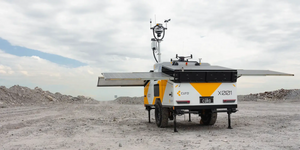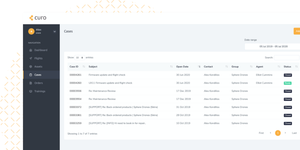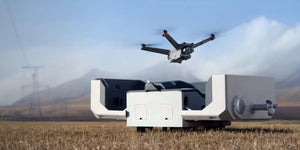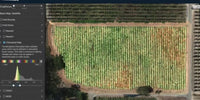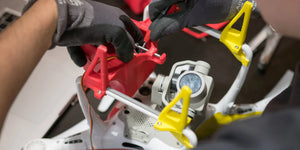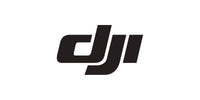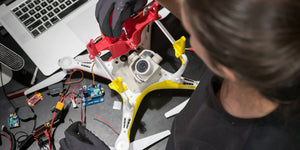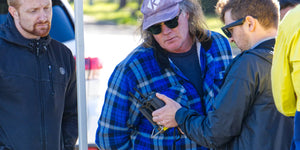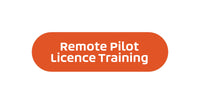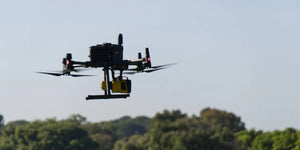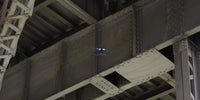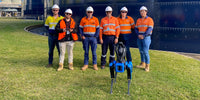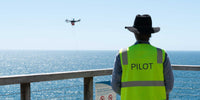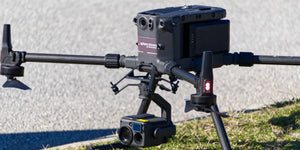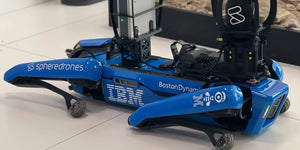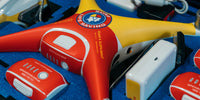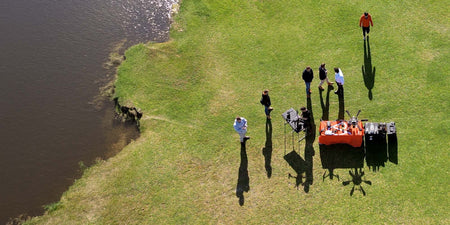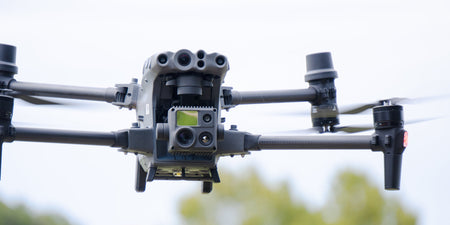A major part of flying drones commercially in Australia is the requirement of record-keeping. Australia's Civil Aviation Safety Authority (CASA) requires the following list of logs to be kept for seven years.
Who's required to keep records?
In this article we will focus on Remotely Piloted Aircraft Operator's Certificate (ReOC) holders and manufacturer test flights. If you are flying in the excluded category on your own land, follow this link.
Test flight log
Keep for 3 years.
CASA instrument 63/21 requires certain drones that aren't required to be registered and are being used for flight testing after maintenance or repair. This also includes drones that have come off the manufacturing line and need testing.
The following needs to be logged.
- the serial number of the RPA or model aircraft flown
- the name, address, and ARN (if any) of the owner of the RPA or model aircraft
- the time and date of the test flight
- the location of the test flight
- the reason for the test flight
- any accident, incident or malfunction that occurred during the test flight
- the name of the remote pilot.
Chief Remote Pilot duty records (MOS 10.03)
Keep for 7 years.
The following information that needs to be included:
- records that demonstrate you are regularly and consistently performing your duties
- internal training such as induction or procedural training.
Remote pilot log (MOS 10.06)
Keep for 7 years.
The following information that needs to be included:
- accumulated flight time operating an RPA
- information identifying each operation including the type, model and ID of each RPA
- date, location and length of each flight
- whether the flight was at night, VLOS, BVLOS or EVLOS
- simulated operation of the RPAS and the type of simulation used.
RePL training records (MOS Ch2 and 10.03)
Keep for 7 years.
The following information that needs to be included:
- full name of each individual who attended the training course
- the dates of the training
- the units covered in the training
- the outcome of the training for each individual
- chief remote pilot’s certification that the course and training units, complied with the Manual of Standards.
Records of crew member training (MOS 10.08)
Keep for 7 years.
The following information that needs to be included:
- training records for all people involved in the operation of the RPA, including such as safety observer, tether operator, or traffic controller.
Operational release (MOS 10.04)
Keep for 7 years.
The following information that needs to be included:
- nature and purpose of operation
- type, model and ID of each RPA
- dates and times of the operation
- the location the RPA was operated to and from
- height the RPA was operated
- full name and ARN of the pilot in command and any other pilot.
If the RPAS is over 2kg, additional information will be required.
Operational log (MOS 10.05)
Keep for 7 years.
The following information that needs to be included:
- confirmation and/or change to any component of the operational release. (This can be within the same document)
- a record if the RPA was serviceable after the final flight
- references to the operational release and log when they are on different documents.
Operational record (MOS 10.03)
Keep for 7 years.
The following information that needs to be included:
- safety assessments
- risk management plan
- operational flight plan
- copy of any aeronautical information obtained and documents produced for the operation
- description of cargo and handling requirements.
Technical log (MOS 10.07)
Keep for 7 years.
The following information that needs to be included:
- type, model and ID of each RPA
- maximum and minimum gross weight of the RPA
- the total flight time the RPA has operated
- when the next maintenance is due
- maintenance done and certification of any work
- description of any fail-safe equipment that s unserviceable
- certification that the RPA is serviceable.
If the RPA is over 2kg, additional records will be required concerning maintenance and equipment.
